A while back we were full of praise for nasturtiums – a plant most welcome on our plot despite it being a flower. Besides munching on its peppery leaves and petals we also learned that its seed pods can be pickled. Never ones to pass an opportunity to bathe food in vinegar we harvested the pods throughout the year and bunged them in the freezer, waiting for pickling time.
To be honest, we didn’t know if freezing would affect their pickling prowess, but took the gamble. It worked, though generally the later, plump pods have pickled better than those gathered a bit too early and undersized.
So, here’s how to pickle nasturtium pods
Pick the fat pods before they drop off and dry out into seeds. Wash and soak in brine for 24 hours (roughly 10g salt to every 50ml water). Rinse and repeat (or don’t if you’re feeling a bit lazy).
Give them another rinsing before putting into a sterilised jar, then pour over vinegar that has been gently heated. Any vinegar will do according to preference, although wine wine vinegar will probably look more photogenic than our malt and cider vinegar mix which has made the pods look akin to miniature marsupial brains in a dodgy science lab. You can add a few pickling spices and a bit of salt to the vinegar if you fancy.
Pickled nasturtium pods are sometimes referred to as ‘nasturtium capers’, ‘UK capers’ or the slightly more derogatory ‘poor man’s caper’ due to their similar appearance to the routinely pickled Mediterranean bud. You can certainly use them in the same way as capers but they have a bit more crunch and pack a much more potent peppery flavour.


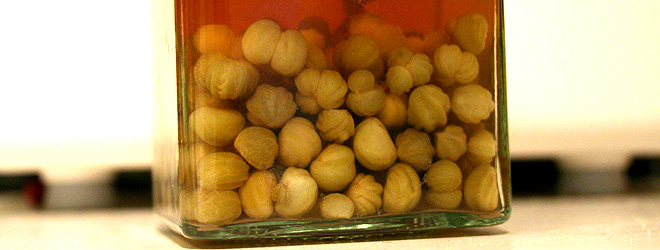
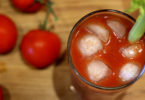
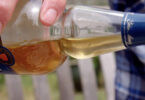
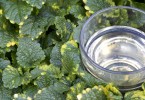
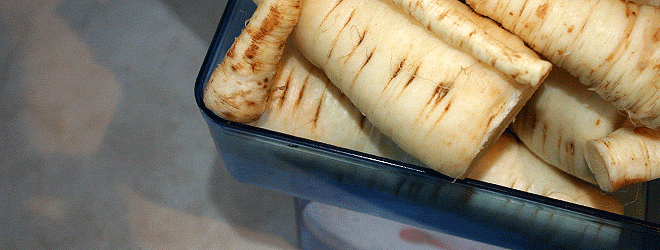
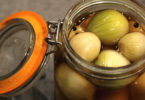
This looks like a good idea for someone
with a small terrace in Milan
like me – thanks R+J
– julia